Tags: Insects
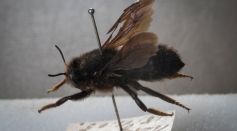
Elusive Thumb-Sized Wallace's Giant Bee Rediscovered After Being Thought to Have Gone Extinct

Could Cockroaches Outlive Humans? Probably! Insects Have Survived Multiple Major Extinction Events Including Chicxulub That Killed Dinosaurs
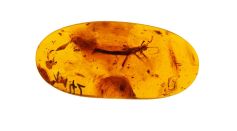
30-Million-Year-Old Baltic Amber Reveals First Adult Lacewing That Looks Like Praying Mantis

Over a Million US Street Trees Gone in 30 Years Due to Invasive Insects

Ants May Soon Help Hospitals with Early Detection of Cancer in Humans, New Study Reveals

Social Spiders Hunt in Large Groups, Coordinately Ambush Prey Using Web Vibrations
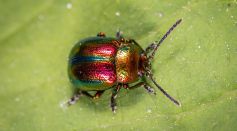
Insect-Like Robots with Artificial Muscles Can Fit Into Any Space
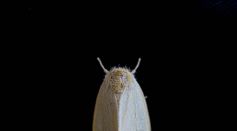
Browntail Moth That Causes Itchy Rash Increase in Population Due To Warming
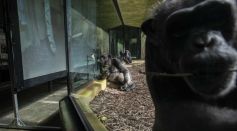
Chimpanzees Use Insects for Medication and Treat Other Members' Wounds, Study Says
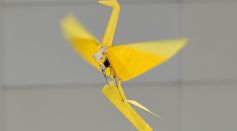
Flapping Insect-Sized Robots Operate Without Motors, Gears But Still Work in Hazardous Environment

New ‘Incredibly Rare’ Insect Species Discovered, Leafhopper’s Closest Relative Last Seen in 1969
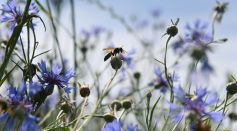
New Tiny Non-Stinging Wasps Discovered; Researchers Name the Insect Species 'Neuroterus Valhalla'
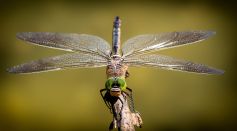
Dragonflies Could Potentially Replace Pesticides, Algerian Biologist Suggests
Should We Throw Food Flies Have Landed On? Possible Effects on Human Health Revealed
Gene Sequencing Type ‘Transcriptomics’ Determines When Dragonflies, Damselflies First Emerged

Pollinators' Color Preference Influences Flowers' Color Signals for Pollination; Flowers Compete Over Bees, Flies via Color Evolution
Triantha Occidentalas: Flowering Plant Eats Insects Walking up Its Sticky Stalk
Venom Origin: Why Do Insects and Fishes Dominate Diversity in the Animal Kingdom?

Mosquitoes as Disgusting Insects: 5 Facts That Make Them Undeniably Irritating

Gypsy Moth, Gypsy Ant to be Renamed in Reverence to the Romani People
Most Popular

Why Stars Twinkle: Flickering Explained by Atmospheric Turbulence and Light Distortion

The Role of Materials Science in Engineering: How Modern Engineering Materials Drive Innovation

Tornadoes vs. Waterspouts vs. Dust Devils: Key Differences and Vortex Types Explained

Climate Adaptation Strategies Explained: How Societies Respond to Climate Change





